Why do the leaves of tomato seedlings turn yellow?
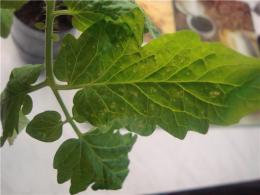
You need to work with seedlings very carefully, as this will cause the entire future harvest depends. Tomatoes are not picky plants, and their seedlings are also quite resistant to changing conditions, rare watering and various diseases. But at the same time, sometimes, especially among novice gardeners, The leaves of tomato seedlings turn yellow. Why this occurs and how to fight it, you need to learn from more experienced colleagues. Often it is impossible to find the cause, since several factors are at work. But it is still possible to save such seedlings.
To begin with, you should remember that tomato seedlings love a lot of light. If the place insufficiently lit, the leaves of young plants will quickly turn yellow, wither and become stained. If it is possible to keep seedlings on a window or on a balcony, then the tomatoes will be very grateful to you. Oddly enough, the leaves of tomato seedlings turn yellow due to excess moisture. Increased soil moisture promotes the growth of bacteria and fungi, which leads to various diseases. In this case, you will have to work hard to save the seedlings.
Each plant must be pulled out of the ground and the roots cleaned. If there are black and rotten roots, then they must be removed. The main rod and two or three large processes are left. Yellow leaves are removed. Then the plant is transplanted into another slightly moist soil. In this case, the soil must be atenriched with organic substances. The plant should be watered moderately.In the first days, a little along the main root, you can tint the water with potassium permanganate (especially if there were rotten roots). The room must also be constantly ventilated, since the flow of fresh air will not allow bacteria and fungi to parasitize the seedlings.
Before planting in the main soil, you can treat the plant roots again Bordeaux mixture or a weak solution of copper sulfate. This will prevent diseases and allow for a good harvest from these seedlings.

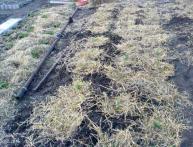
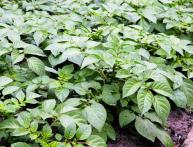
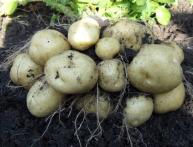
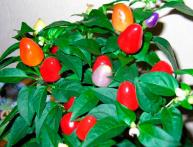
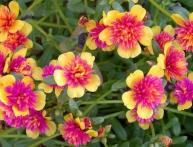

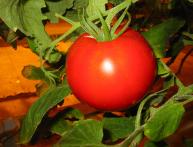

Comments
There can be many reasons for this situation, a lack of moisture and nutrients in the soil or their excess, it can also be caused by cold nights, but most often we are talking about pests.